Home>Gardening & Outdoor>Outdoor Entertaining>How To Cure A Pizza Oven
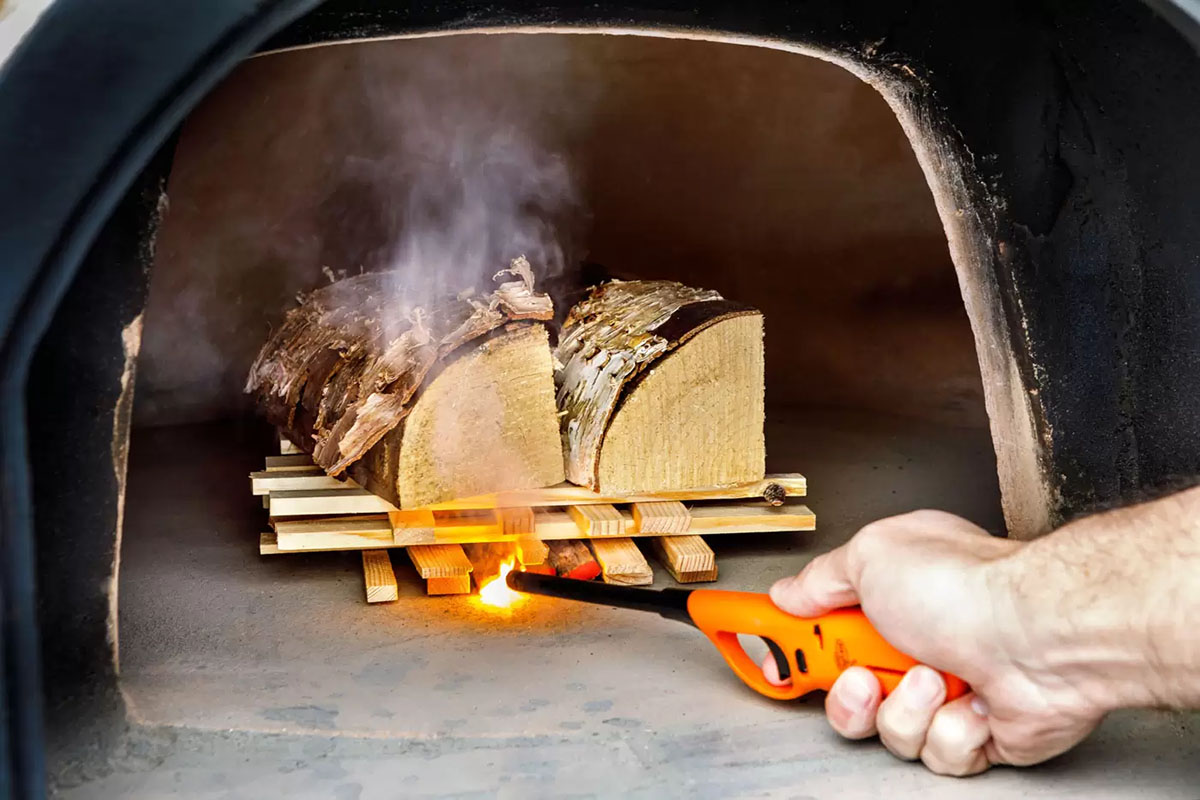

Outdoor Entertaining
How To Cure A Pizza Oven
Published: January 2, 2024
Learn how to cure a pizza oven for optimal outdoor entertaining. Our expert tips will help you achieve the perfect pizza every time. Discover the secrets to success now!
(Many of the links in this article redirect to a specific reviewed product. Your purchase of these products through affiliate links helps to generate commission for Storables.com, at no extra cost. Learn more)
Introduction
So, you've invested in a fantastic outdoor pizza oven, and you've been enjoying delicious, crispy pizzas and mouthwatering roasts. However, after extended use, you may notice that your trusty oven is starting to show signs of wear and tear. Don't worry; it's not the end of the world. With a little care and maintenance, you can restore your pizza oven to its former glory and continue to create culinary masterpieces for years to come.
In this guide, we will walk you through the process of reviving your pizza oven, from assessing the damage to cleaning, repairing, and seasoning it. Whether your oven has developed cracks, rust, or other issues, we've got you covered. We'll also discuss the importance of regular maintenance to keep your pizza oven in top condition.
Let's roll up our sleeves and get ready to breathe new life into your beloved pizza oven. With the right knowledge and a bit of elbow grease, you'll soon be back to enjoying the irresistible aroma of freshly baked pizza wafting through your outdoor entertaining space.
Key Takeaways:
- Revive your outdoor pizza oven by assessing, cleaning, repairing, and seasoning it. Regular maintenance ensures years of delicious, crispy pizzas and mouthwatering roasts in your outdoor entertaining space.
- Keep your pizza oven in top condition by replacing worn parts, seasoning it with aromatic wood, and establishing a regular maintenance routine. Enjoy countless memorable culinary experiences in your outdoor space.
Read more: How To Make Pizza In A Pizza Oven
Assessing the Damage
Before you can begin the restoration process, it's crucial to thoroughly assess the condition of your pizza oven. Start by carefully inspecting the exterior and interior for any visible signs of damage. Common issues that may arise include cracks in the dome or base, rust on metal components, and a buildup of soot and residue from previous cooking sessions.
Examine the oven's dome, the main cooking chamber, and the base for any cracks or structural weaknesses. Cracks can develop due to extreme temperature changes and may compromise the oven's efficiency and safety. Additionally, check the door and hinges for any signs of wear or misalignment that could affect the oven's heat retention capabilities.
Next, inspect the metal components, such as the chimney, flue, and any supporting brackets or stands, for rust or corrosion. Rust can weaken these elements over time, leading to potential safety hazards and reduced durability. It's essential to address rust promptly to prevent it from spreading and causing further damage.
Finally, take a look inside the oven to assess the condition of the cooking surface and the presence of any soot or residue. A buildup of soot can affect the oven's heat distribution and alter the flavors of your culinary creations. It's important to address this issue to ensure consistent cooking results and a clean cooking environment.
By conducting a thorough assessment, you'll gain a clear understanding of the specific areas that require attention. Whether it's repairing cracks, removing rust, or cleaning the interior, knowing the extent of the damage will guide your restoration efforts and set the stage for bringing your pizza oven back to its former glory.
Cleaning and Repairing the Oven
Once you've identified the areas in need of attention, it's time to roll up your sleeves and embark on the cleaning and repair process. Begin by clearing out any debris, ashes, or leftover wood from previous cooking sessions. Use a brush and a dustpan to remove the buildup, ensuring that the cooking surface and interior are free from any obstructions.
Next, it's essential to address any soot or residue that has accumulated inside the oven. A mixture of warm water and mild dish soap can be used to gently scrub the interior surfaces, removing stubborn residues and restoring a clean, hygienic environment for cooking. Avoid using harsh chemicals or abrasive materials that could damage the oven's surfaces.
For cracks in the oven's dome or base, consider using a high-temperature mortar or refractory cement to repair the damaged areas. These specialized materials are designed to withstand the intense heat generated by the oven and provide a durable, long-lasting solution for restoring structural integrity. Follow the manufacturer's instructions for application and curing to ensure effective repairs.
If your oven features a metal chimney, flue, or other components affected by rust, use a wire brush or sandpaper to remove the rust and expose the clean metal surface beneath. Once the rust has been removed, apply a high-temperature paint or coating specifically formulated for use on outdoor cooking appliances. This will not only restore the appearance of the metal components but also provide protection against future corrosion.
Throughout the cleaning and repair process, prioritize safety by wearing protective gloves, goggles, and a mask to shield yourself from dust and debris. Additionally, ensure that the oven is completely cool before beginning any repair work to prevent the risk of burns or other injuries.
By dedicating time and attention to cleaning and repairing your pizza oven, you'll not only enhance its visual appeal but also prolong its lifespan and performance. With a rejuvenated oven, you'll be ready to create culinary delights with confidence and peace of mind.
To cure a pizza oven, start a small fire and gradually increase the heat over several hours to allow the oven to dry out and cure the clay or refractory material. This process helps to prevent cracking and ensures the oven is ready for cooking.
Replacing Parts
As you restore your pizza oven, you may encounter components that are beyond repair and require replacement. Whether it's a worn-out door seal, a damaged thermometer, or a malfunctioning burner, replacing these parts is crucial to ensure the oven's functionality and safety.
One common part that may need replacement is the door seal, which plays a vital role in maintaining the oven's heat retention capabilities. Over time, door seals can become worn or damaged, leading to heat loss and inefficient cooking. Look for a high-quality replacement seal that is compatible with your oven's make and model, ensuring a snug fit that effectively seals the cooking chamber.
If your pizza oven is equipped with a built-in thermometer and it has become inaccurate or non-functional, consider replacing it with a new, reliable thermometer. Accurate temperature monitoring is essential for achieving consistent cooking results, making a functioning thermometer a valuable asset in your outdoor culinary endeavors.
For gas-powered pizza ovens, the burner and associated components are critical for efficient and reliable operation. If you notice irregularities in the burner's performance, such as uneven flames or difficulty in ignition, it may be time to replace the burner assembly or specific parts within it. Consult your oven's manual or a qualified technician to identify the appropriate replacement components and ensure proper installation.
When sourcing replacement parts for your pizza oven, prioritize quality and compatibility to guarantee optimal performance and longevity. Consult the oven's manufacturer or authorized dealers to obtain genuine parts that meet the necessary specifications and standards. Investing in authentic replacement parts will contribute to the overall reliability and safety of your pizza oven.
By proactively replacing worn or faulty components, you'll not only restore your pizza oven to peak condition but also enhance its efficiency and performance. With the right parts in place, you can look forward to seamless cooking experiences and delectable results from your revitalized outdoor cooking companion.
Seasoning the Oven
After cleaning, repairing, and replacing any necessary parts, the final step in reviving your pizza oven is seasoning it. Seasoning, also known as curing or “breaking in” the oven, is a crucial process that prepares the cooking surface and interior for optimal performance and longevity.
To begin the seasoning process, start by building a series of small fires in the oven, gradually increasing the intensity and duration over several days. This gradual approach allows the oven to acclimate to the heat and helps to eliminate any residual moisture from the masonry and refractory materials. The goal is to slowly raise the internal temperature of the oven to cure the materials without causing thermal shock or damage.
During the initial fires, pay close attention to the color and behavior of the flames and smoke. You may notice steam or vapor escaping from the oven as residual moisture evaporates. This is a natural part of the seasoning process and indicates that the oven is adapting to the heat. As the fires progress, the interior surfaces will gradually darken, signifying the development of a protective patina that enhances heat retention and cooking performance.
As the seasoning fires continue, take the opportunity to introduce aromatic wood varieties, such as apple, cherry, or hickory, to infuse the oven with rich, smoky flavors. This not only enhances the seasoning process but also imparts delightful aromas that will enhance the flavors of your future culinary creations.
Throughout the seasoning period, monitor the oven's temperature using a reliable thermometer to ensure that it reaches and maintains the recommended curing temperatures. This may vary depending on the oven's construction and materials, so refer to the manufacturer's guidelines for specific recommendations.
Once the seasoning process is complete, allow the oven to cool gradually before conducting a test cook to gauge its performance. You'll likely notice improved heat retention, consistent temperatures, and enhanced flavors resulting from the seasoned cooking surfaces.
By dedicating time and care to seasoning your pizza oven, you'll not only optimize its performance but also lay the foundation for countless memorable culinary experiences. With a properly seasoned oven, you'll be ready to unleash your creativity and culinary prowess in your outdoor entertaining space.
Read more: How To Cook Pizza In An Outdoor Pizza Oven
Maintaining Your Pizza Oven
Now that your pizza oven has been rejuvenated, it’s essential to establish a regular maintenance routine to preserve its condition and performance over time. By incorporating simple yet effective maintenance practices, you can ensure that your oven continues to deliver exceptional cooking results and remains a centerpiece of your outdoor entertaining space.
One of the most fundamental aspects of pizza oven maintenance is keeping it clean after each use. Once the oven has cooled down, remove any ash, crumbs, or debris from the cooking surface and interior. A gentle brushing and wiping with a damp cloth will help maintain a clean and hygienic environment for your culinary endeavors.
Regularly inspect the oven for any signs of wear, damage, or deterioration. This includes checking for new cracks, rust formation, or loose components. Addressing minor issues promptly can prevent them from escalating into more significant problems that may compromise the oven’s functionality and safety.
Depending on your oven’s design and usage frequency, it may benefit from periodic resealing of the cooking surface and joints to maintain heat retention and structural integrity. High-temperature mortar or refractory cement can be used to address any minor cracks or gaps that develop over time, ensuring that the oven remains in top condition for consistent cooking performance.
For wood-fired pizza ovens, ensure a steady supply of high-quality, seasoned wood for fuel. Properly seasoned wood burns more efficiently, produces less smoke, and contributes to a cleaner cooking environment. Additionally, store the wood in a dry, well-ventilated area to prevent moisture absorption, which can hinder combustion and lead to soot buildup in the oven.
Regularly inspect and clean the chimney and flue to prevent the accumulation of creosote, soot, or debris that can obstruct airflow and compromise the oven’s ventilation. A clear chimney and flue are essential for maintaining efficient combustion and preventing the buildup of potentially hazardous substances.
Finally, consider investing in a protective cover or shelter for your pizza oven to shield it from the elements when not in use. Exposure to rain, snow, and extreme temperatures can accelerate wear and deterioration, so providing adequate protection can significantly extend the oven’s lifespan and maintain its visual appeal.
By integrating these maintenance practices into your routine, you’ll safeguard the longevity and performance of your pizza oven, ensuring that it continues to be a source of culinary delight and outdoor enjoyment for years to come.
Frequently Asked Questions about How To Cure A Pizza Oven
Was this page helpful?
At Storables.com, we guarantee accurate and reliable information. Our content, validated by Expert Board Contributors, is crafted following stringent Editorial Policies. We're committed to providing you with well-researched, expert-backed insights for all your informational needs.
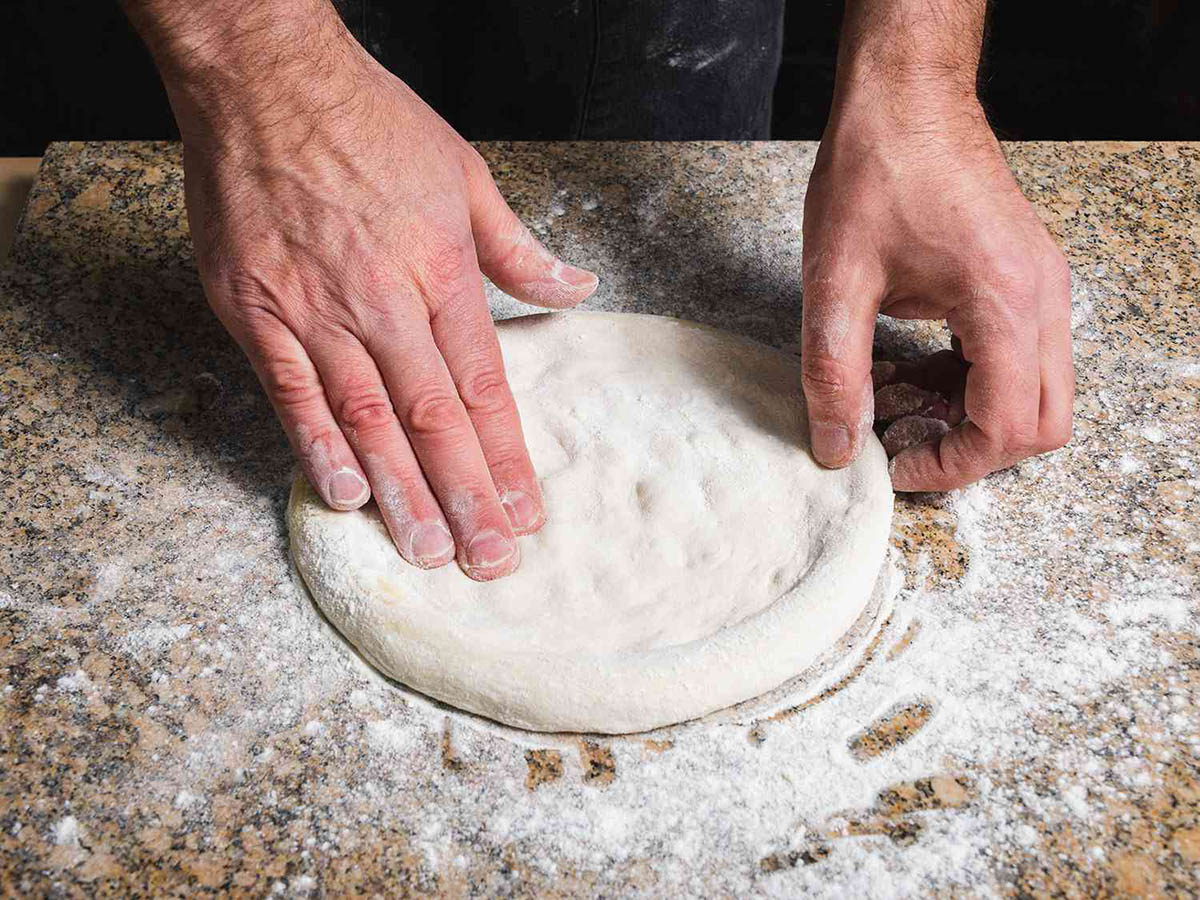
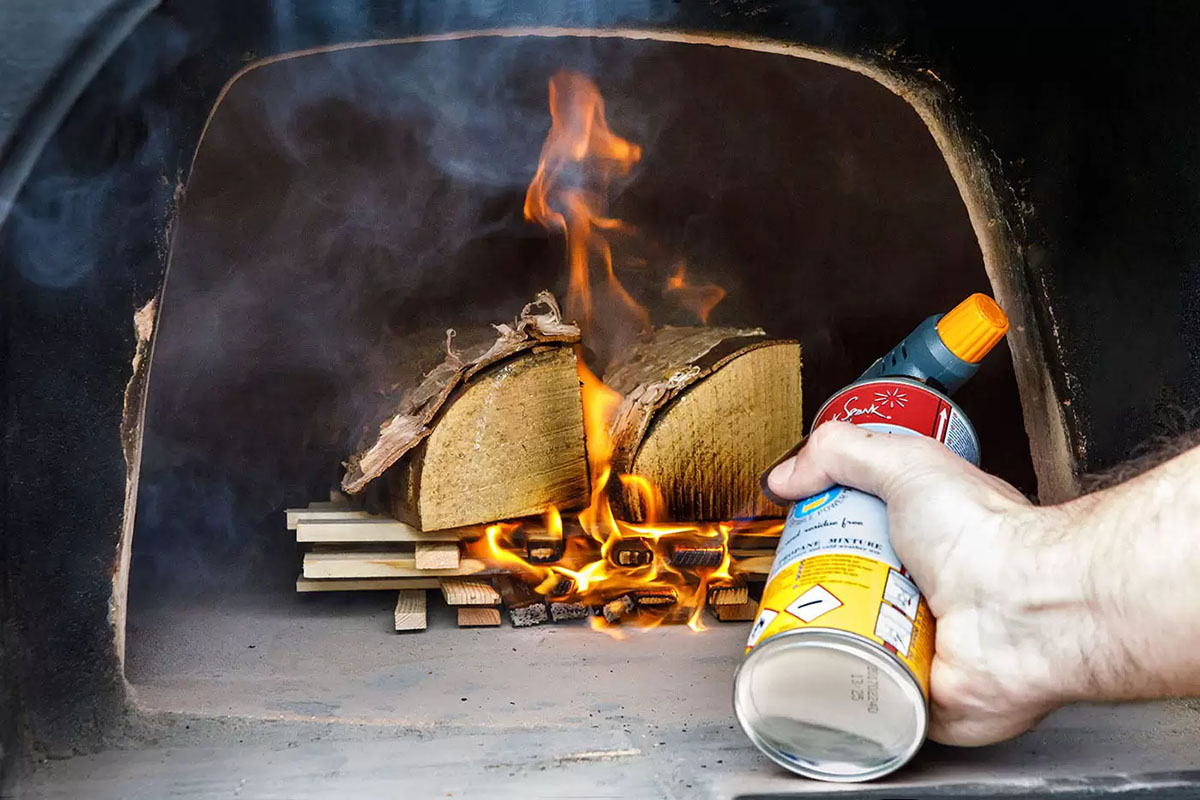
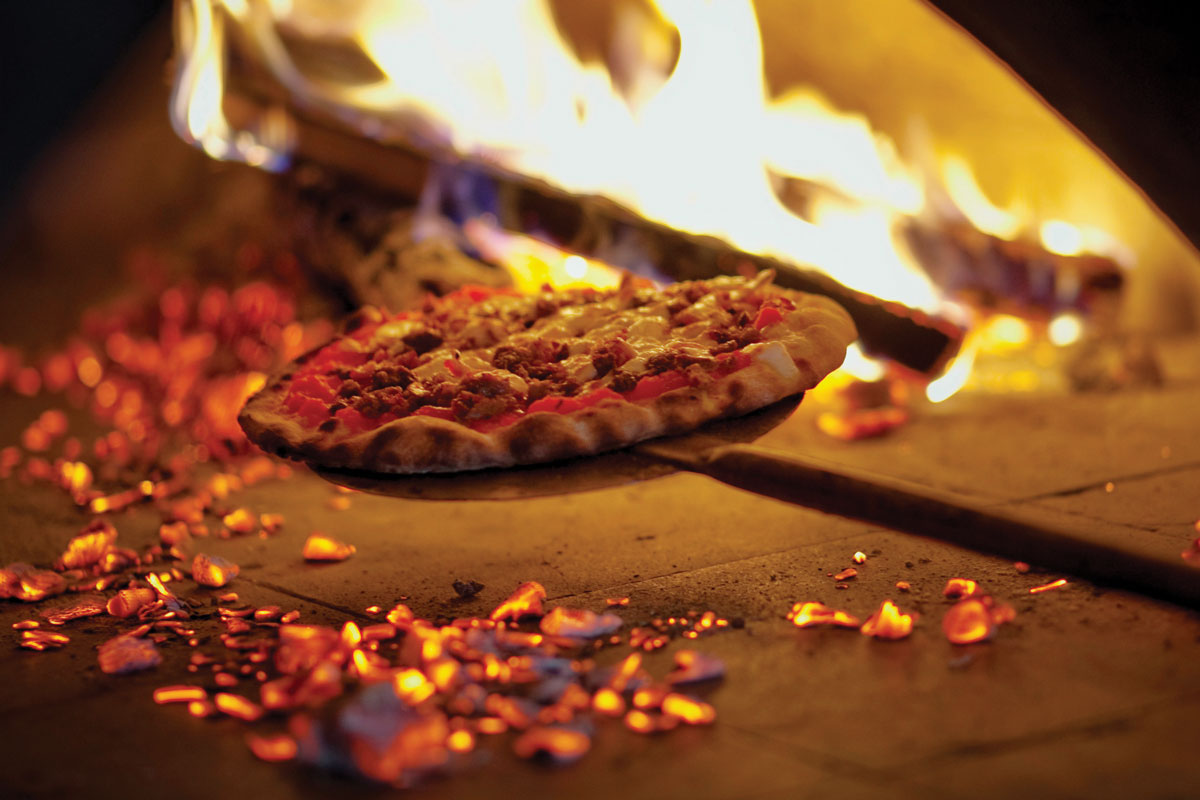
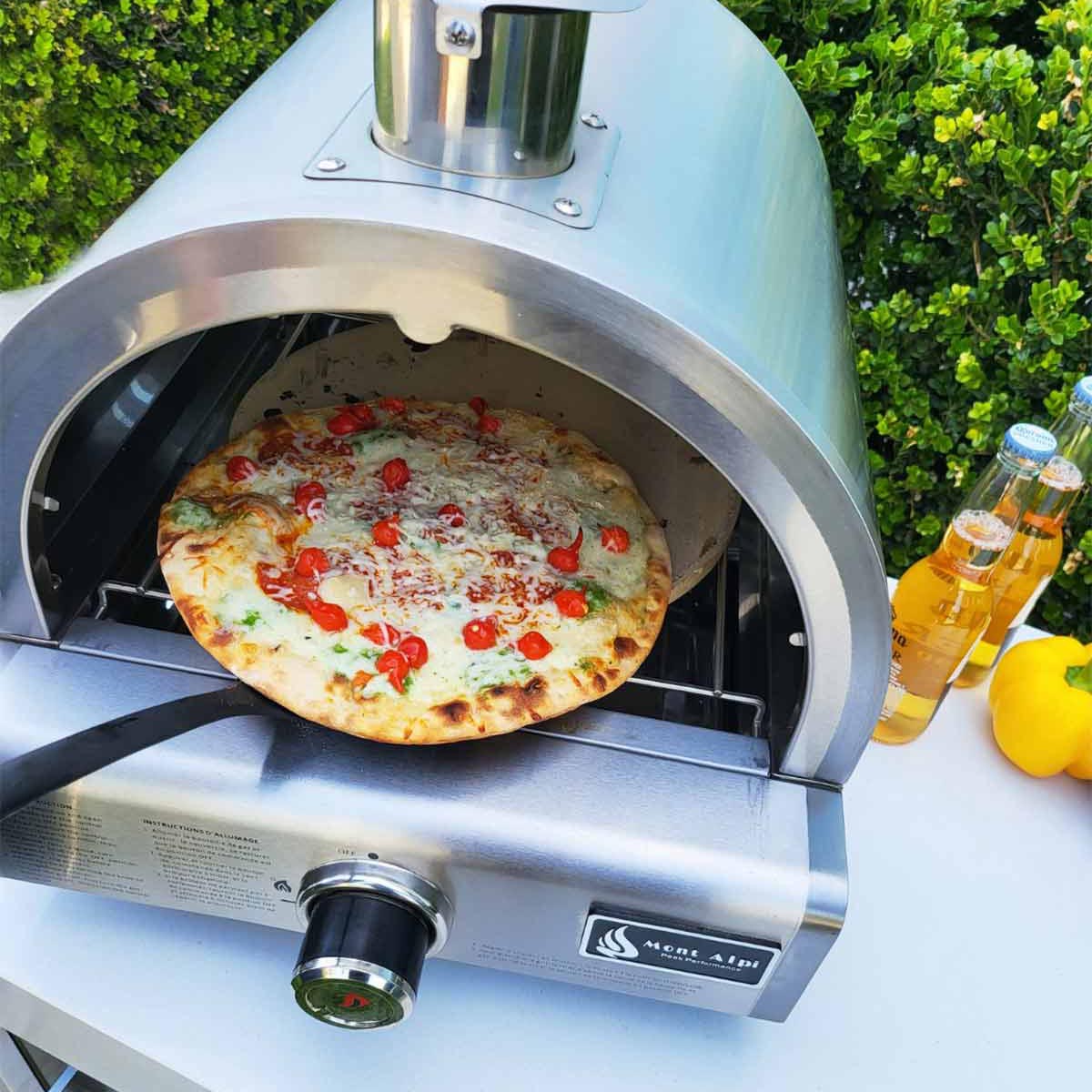
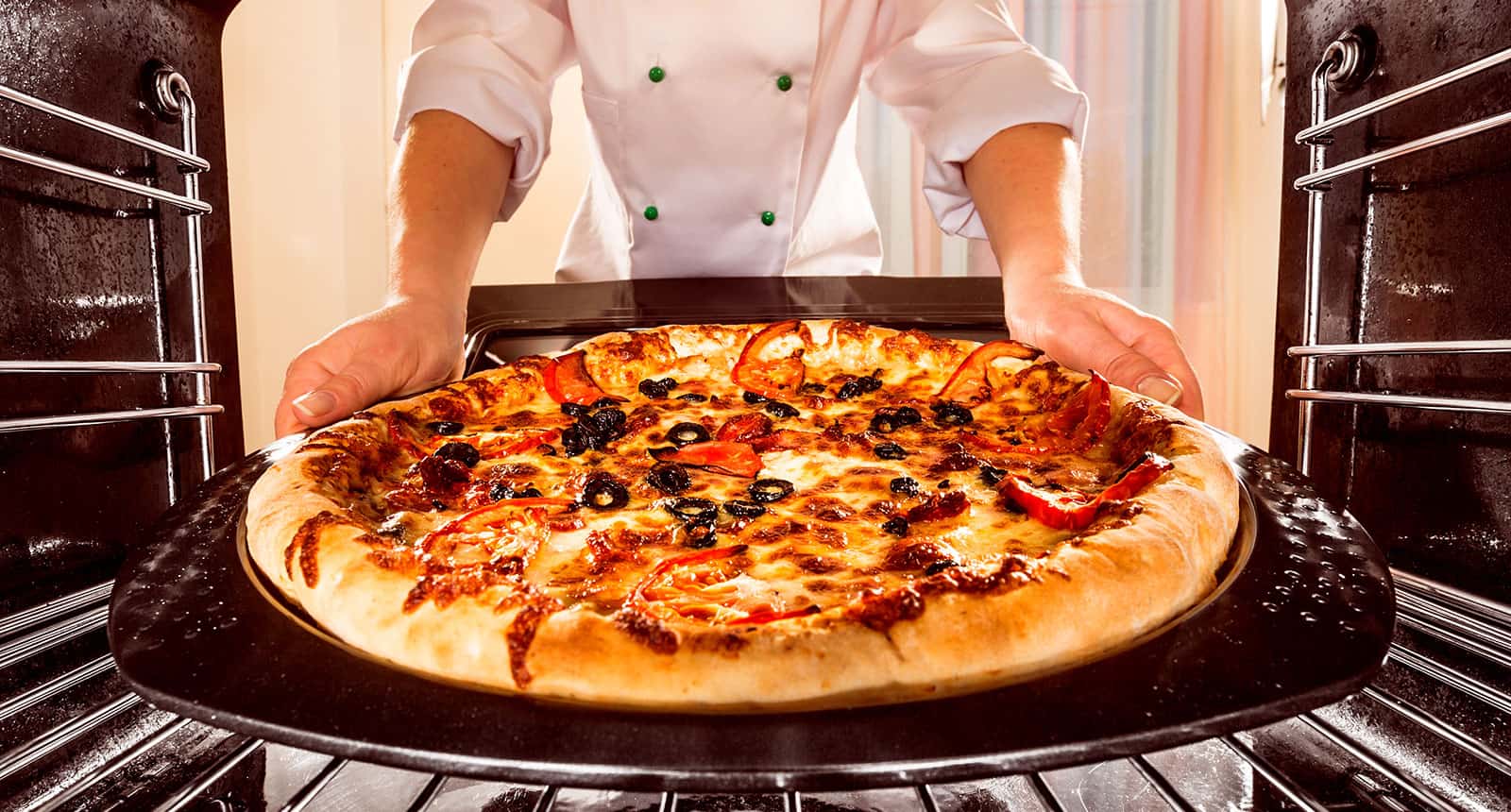

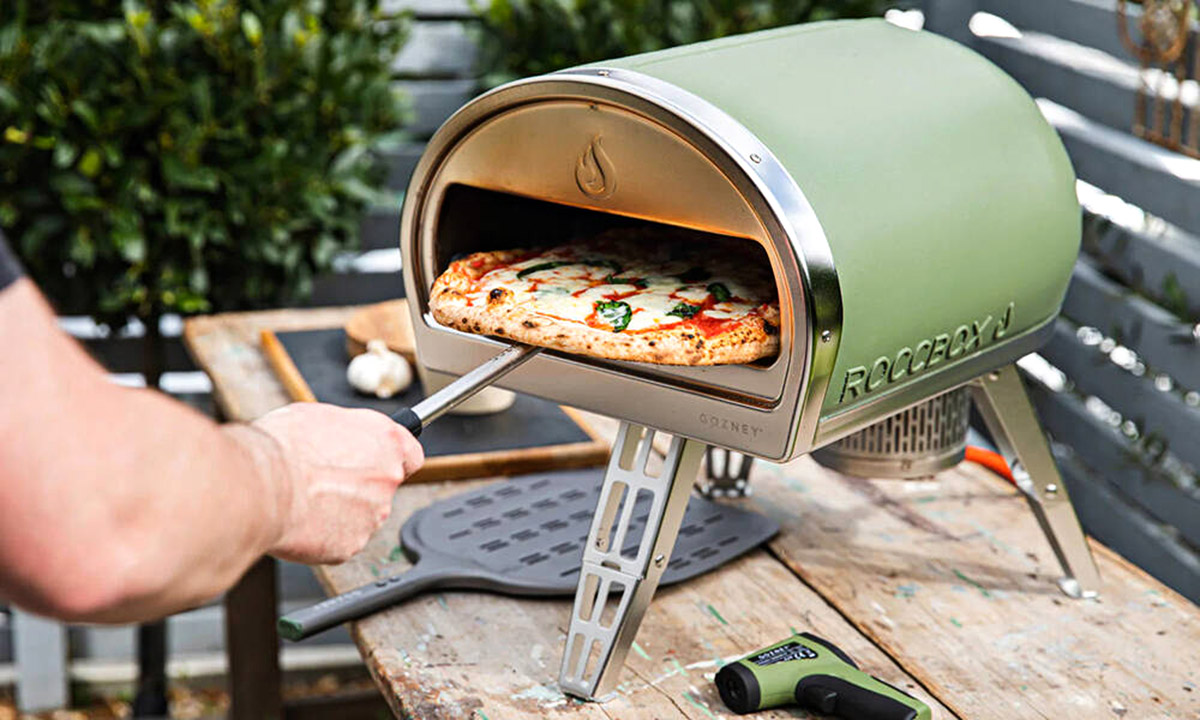
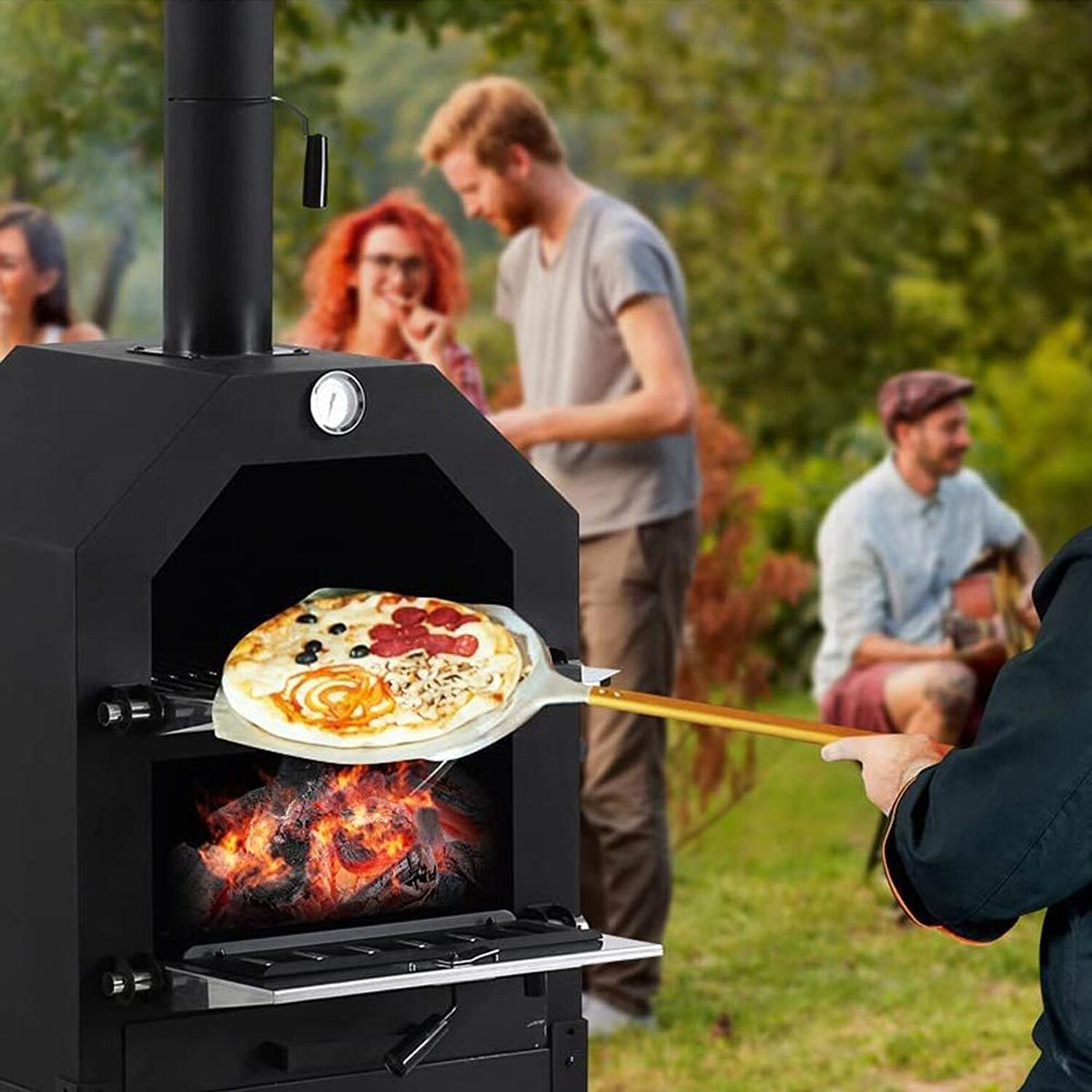
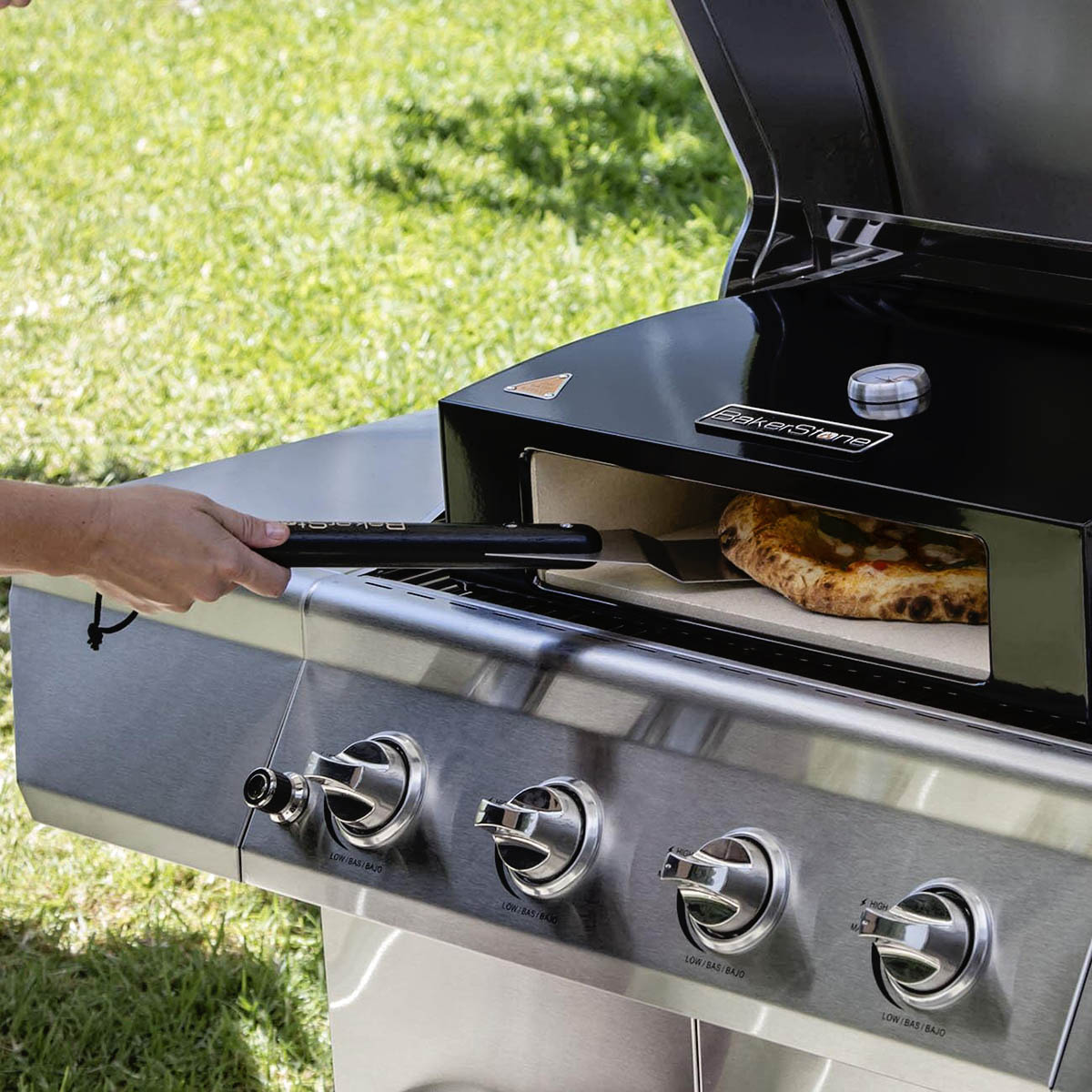
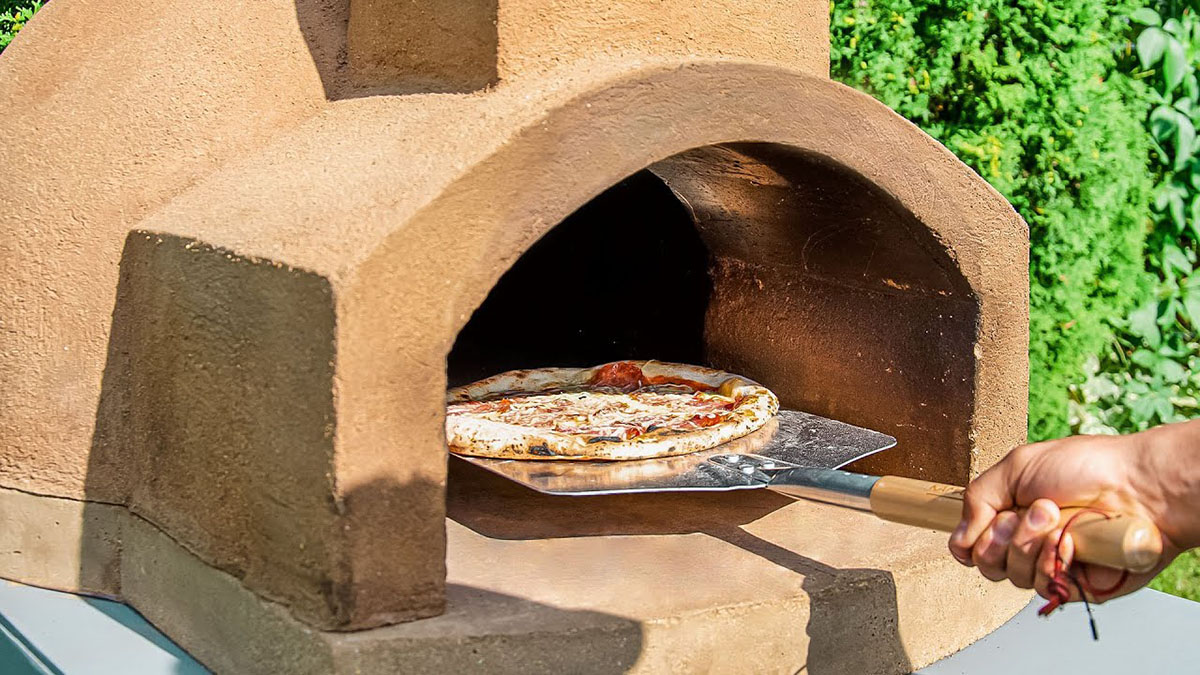
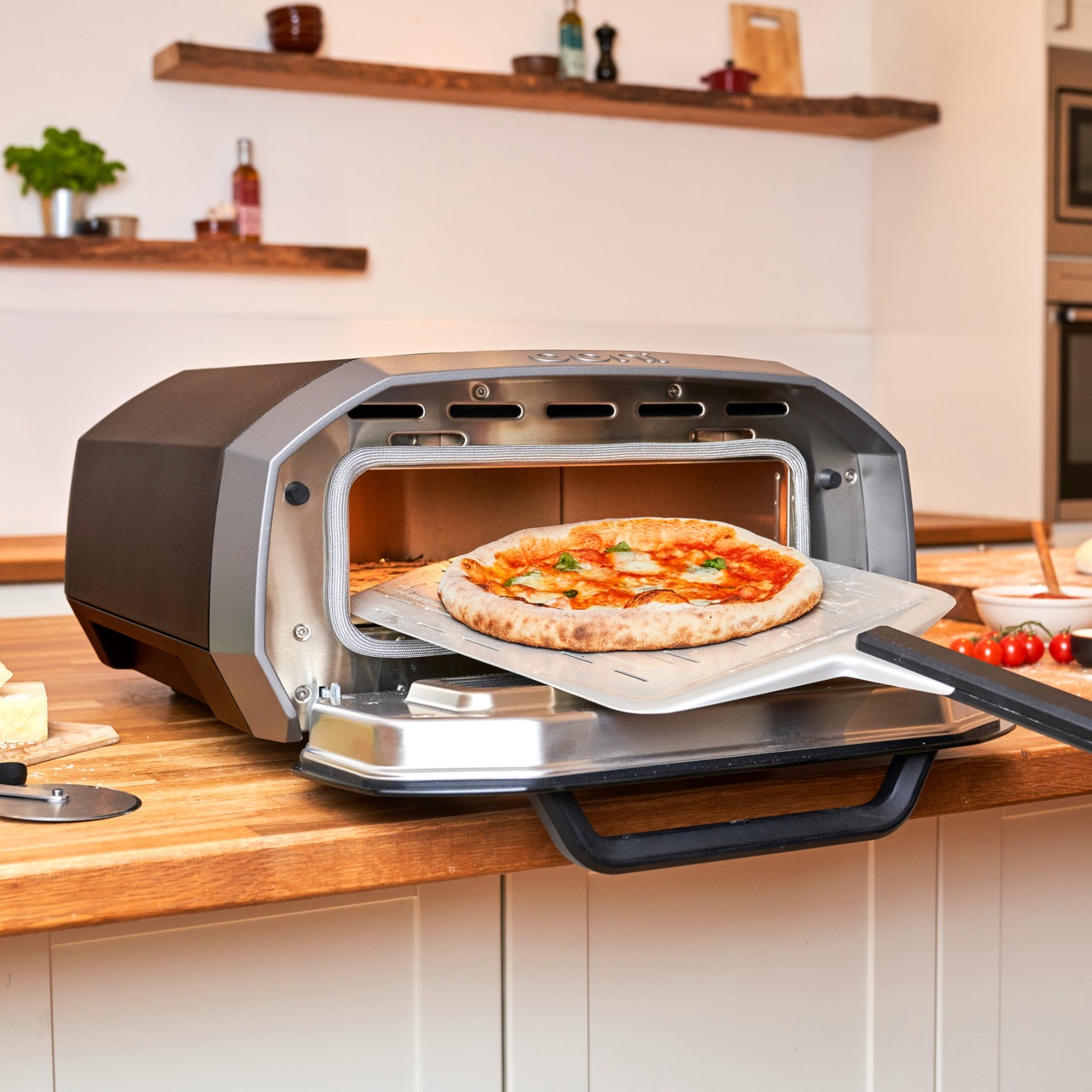
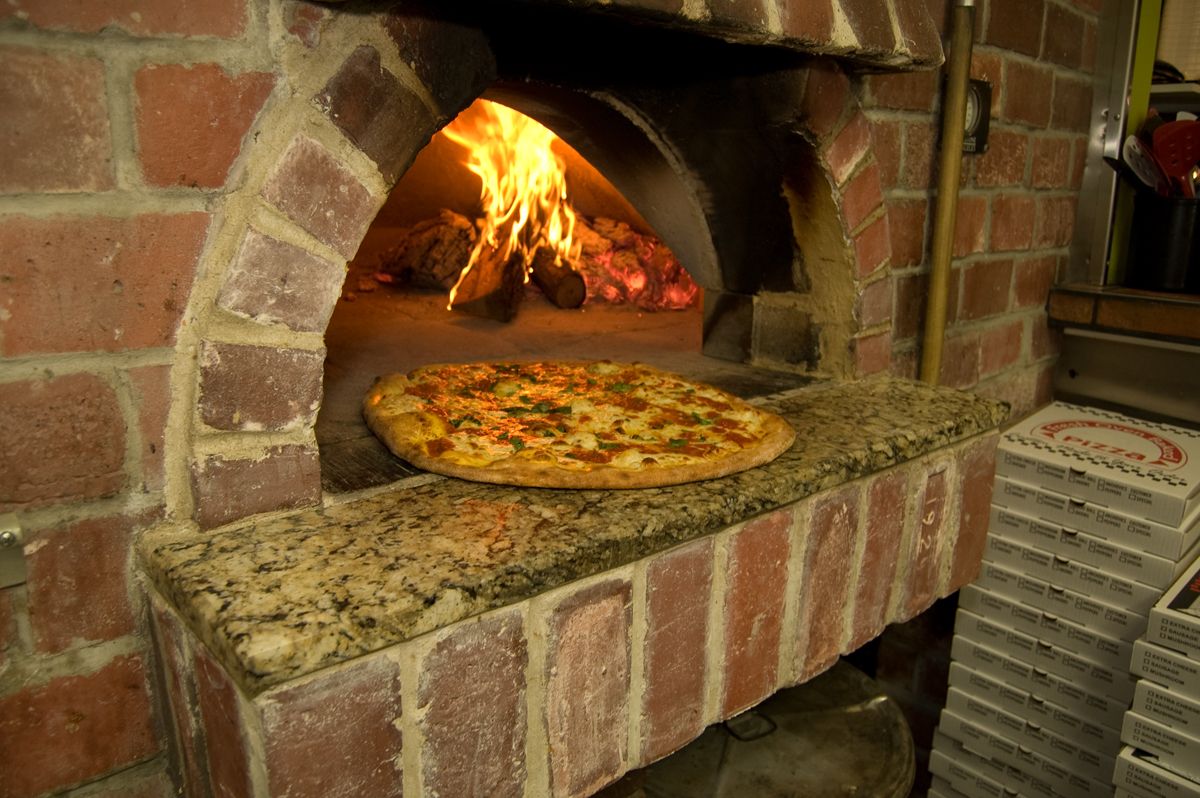
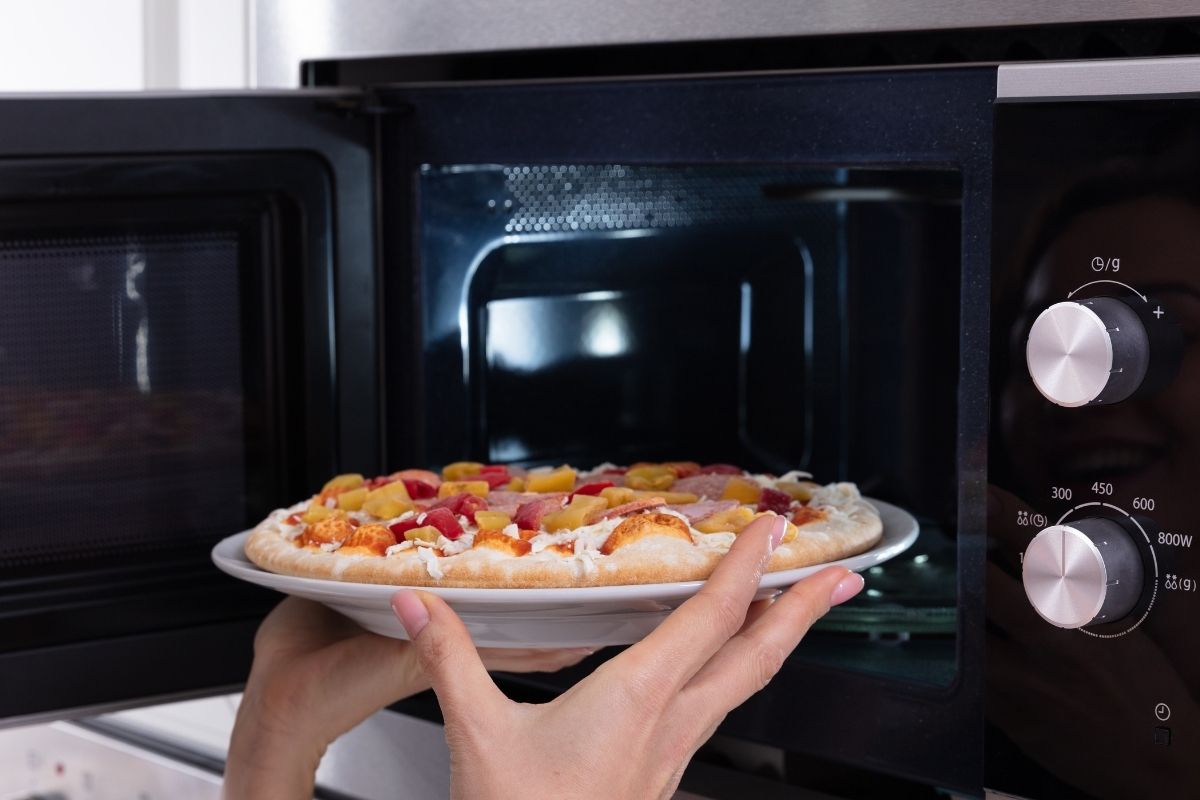
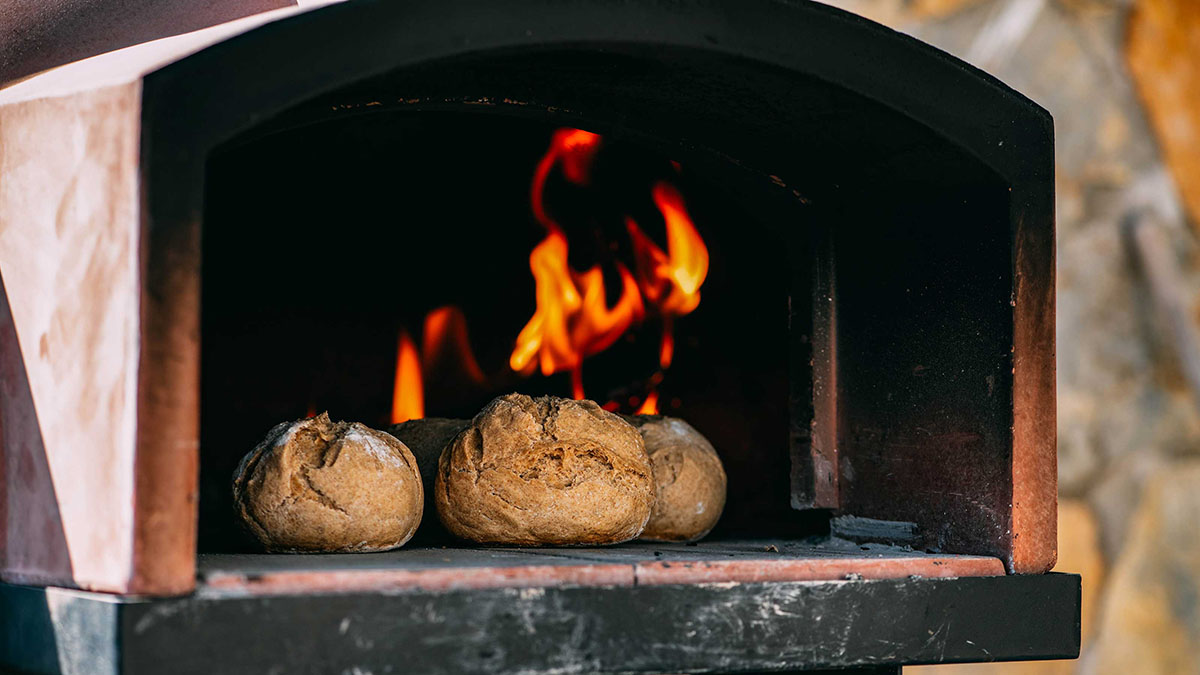

0 thoughts on “How To Cure A Pizza Oven”